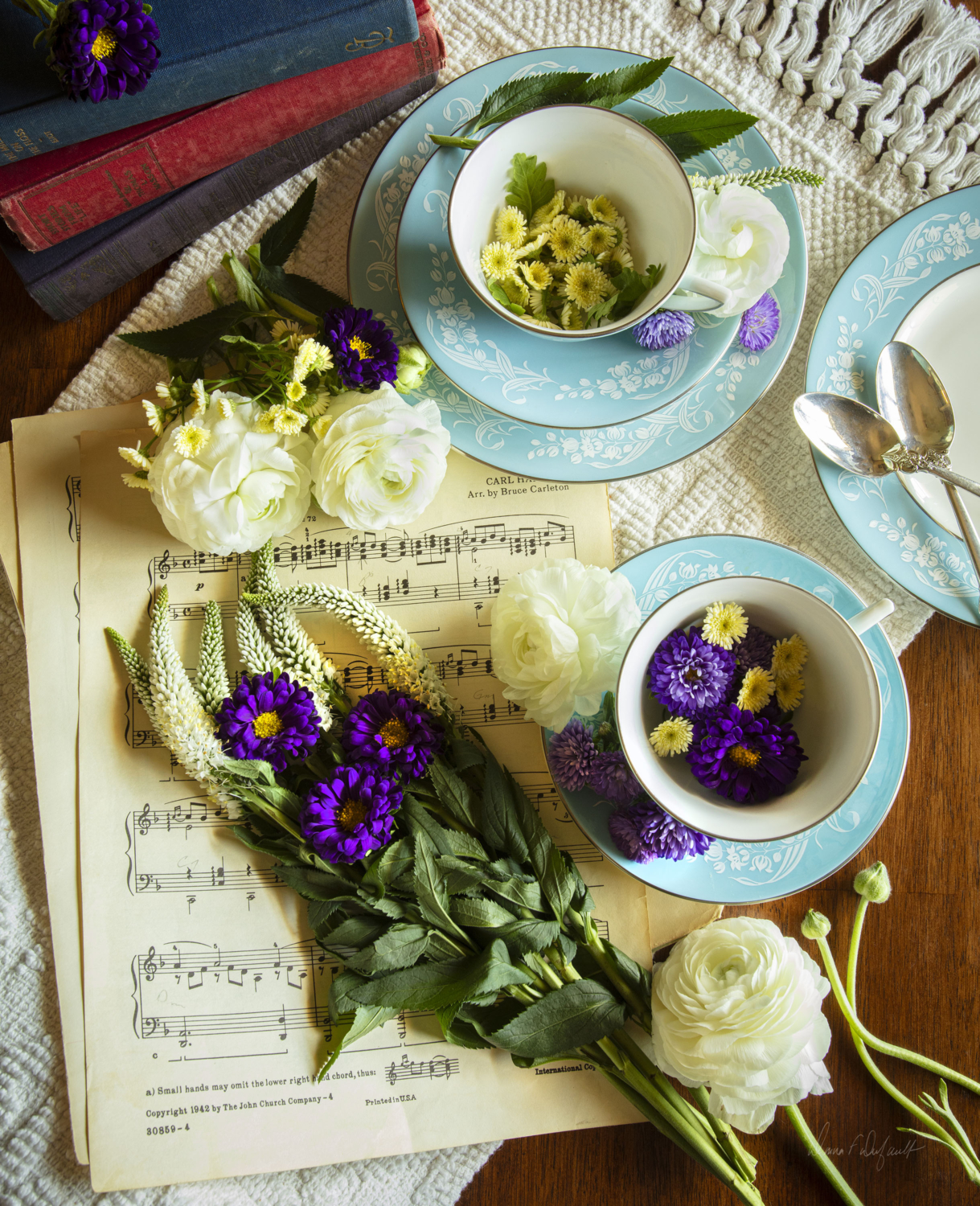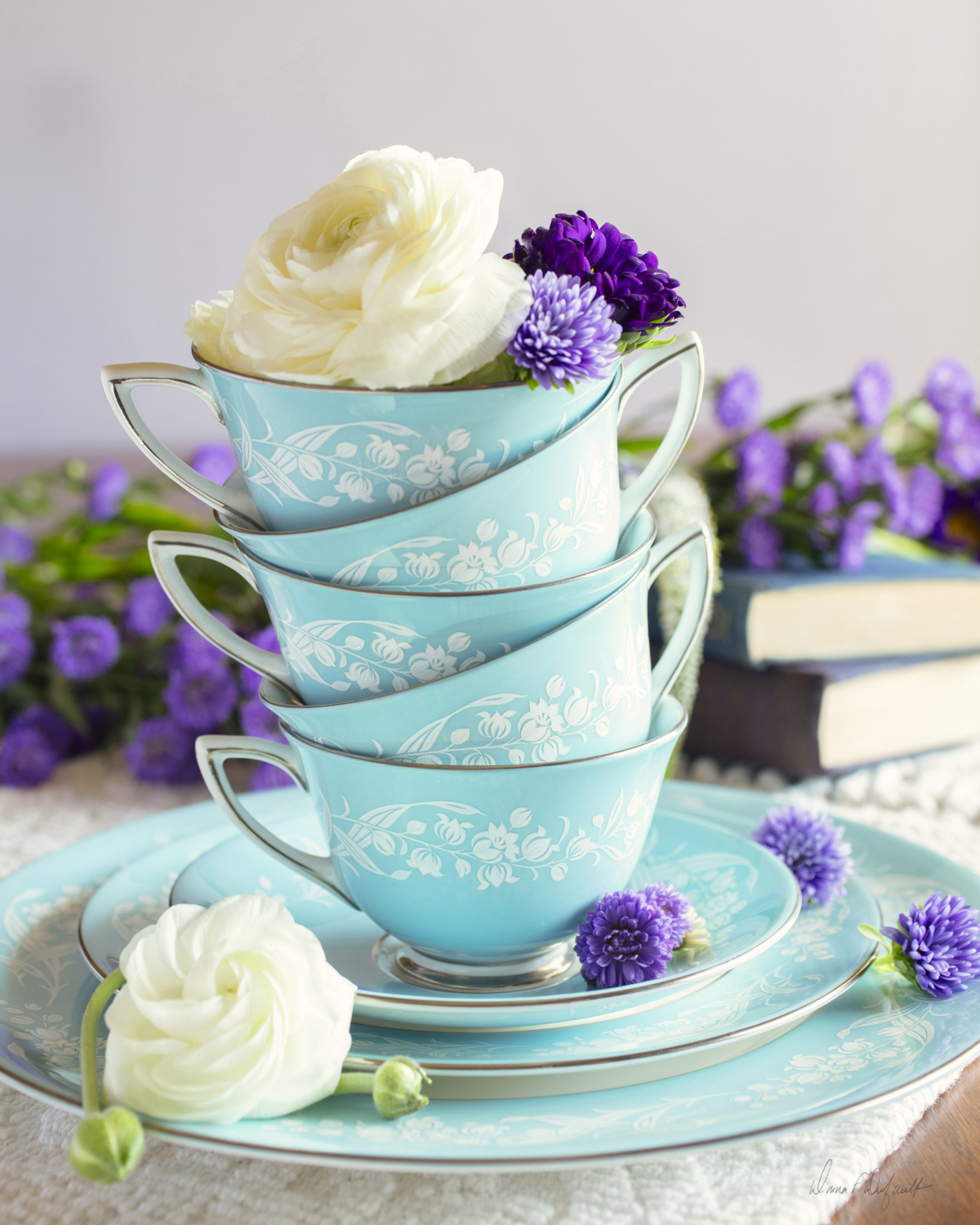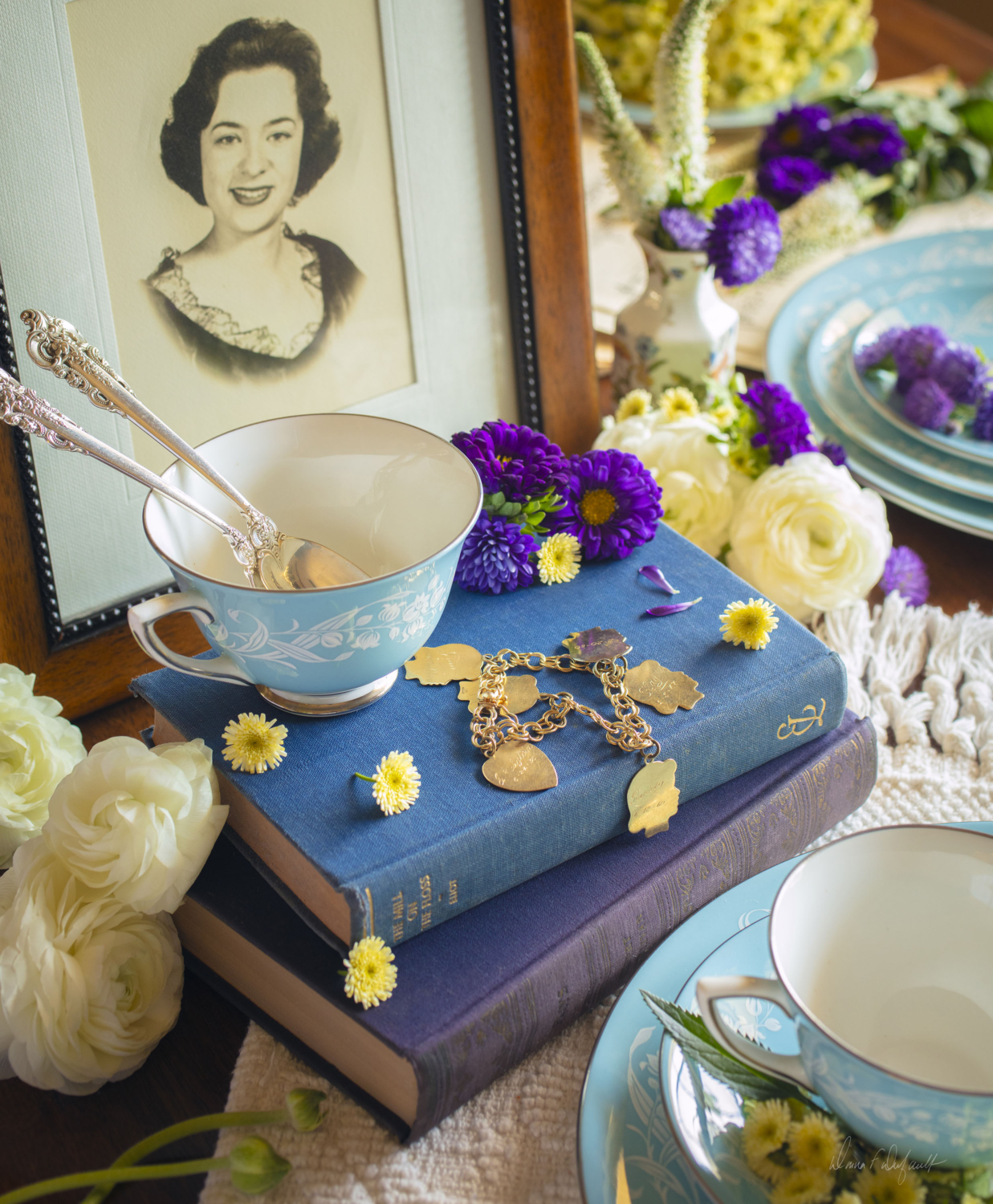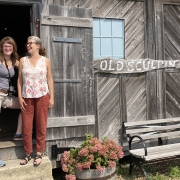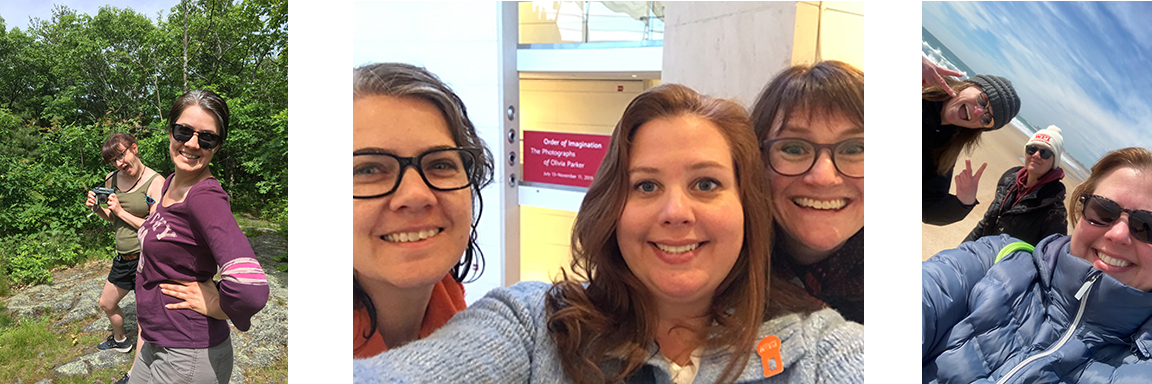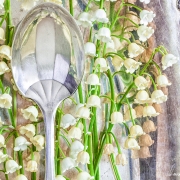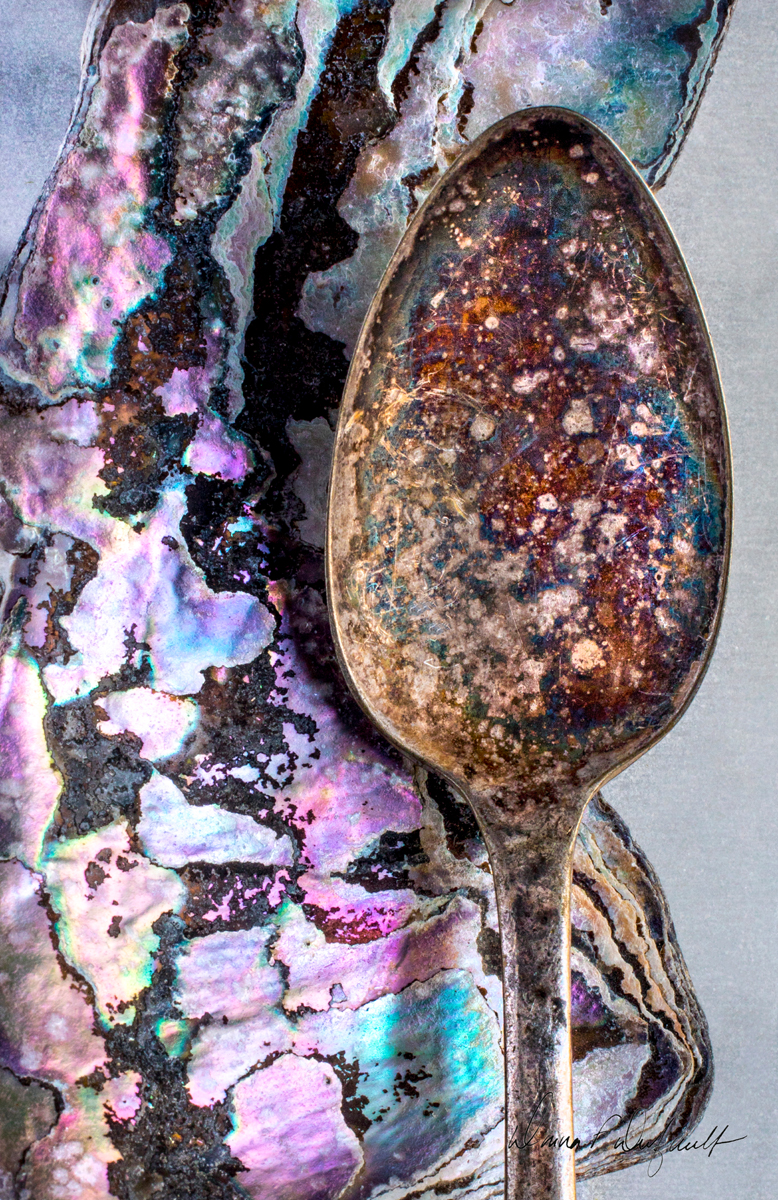The Power of a Word: Choosing Transformation in 2025
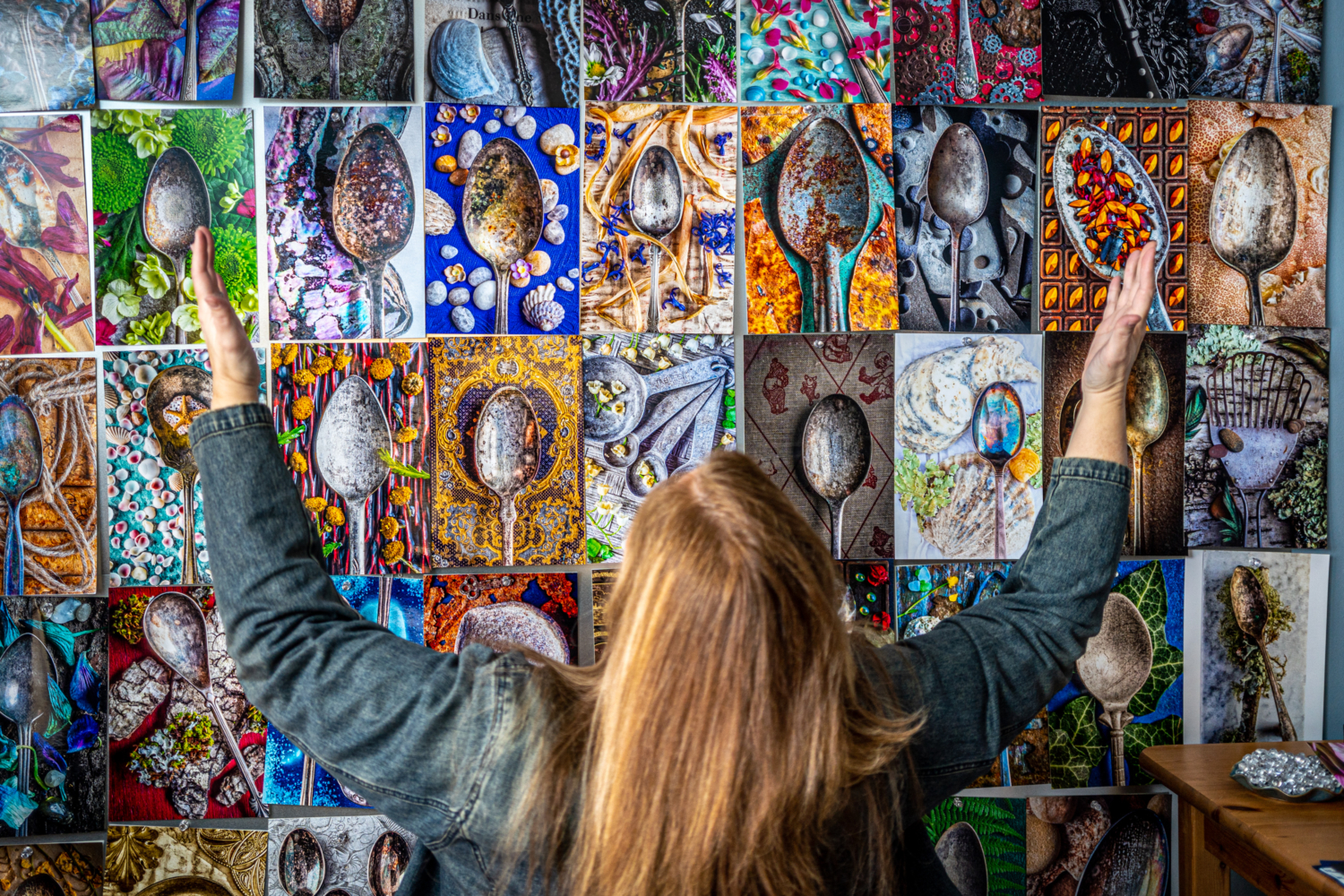
Donna Dufault in front of a wall of her worn spoon photographs.
The Power of a Word: Choosing Transformation in 2025
Every year, people set goals, (I sure do!) make resolutions, (well, maybe one…) and try to chart a path forward. But resolutions can feel rigid, easily broken, or too overwhelming to maintain. Instead, many are turning to the idea of a Word of the Year—a single word that serves as a touchstone, a guiding force, and an intention for the months ahead.
This year, I’ve chosen my word: Transformation.
Why Transformation?
For me, Transformation isn’t just about change—it’s about embracing a deep shift in who I am and how I move through the world. I’ve spent years as a photographer, capturing the beauty in imperfection, in objects that have been worn by time and use. But this year marks a turning point: I am stepping fully into the life of an artist, committing to my creative practice in a way I never have before.
It’s a leap that feels both exhilarating and a little terrifying. But transformation isn’t always easy—it’s about growth, shedding old layers, and stepping into something new, even when the path ahead is uncertain. And yes my path is looking a little scary these days. Yet I am feeling more alive then ever before.
Choosing Your Own Word of the Year
Picking a word isn’t about getting it “right”—it’s about choosing something that feels meaningful to you. It should be a word that inspires you, a word that challenges you, a word that you can turn to when you need direction.
Here’s how to find yours:
- Reflect on the Past Year – What stood out to you? What were your biggest challenges? What lessons did you learn?
- Consider Your Goals & Values – What do you want to embody this year? What kind of person do you want to become?
- Brainstorm Potential Words – Write down a list of words that resonate with your aspirations. Some ideas: Balance, Resilience, Joy, Strength, Presence, Courage.
- Narrow It Down – Which word feels most powerful? Which one excites you or feels deeply aligned with where you are right now?
- Live Your Word – Once you’ve chosen, use it! Write it in your journal, put it on a sticky note, reflect on it when making decisions, and let it shape your mindset throughout the year.
Transformation in Action
The beauty of choosing a word is that it’s not about perfection—it’s about direction. For me, transformation means trusting my creative instincts, taking bigger risks, and stepping more fully into my identity as an artist. It means allowing change, rather than resisting it.
For you, transformation might mean something different—or maybe another word entirely will speak to your heart.
Whatever you choose, I invite you to join me in this journey.
And here’s a challenge for you: This week, notice something in your life that is beautifully imperfect. Maybe it’s an object, a moment, or even a part of yourself that you’ve been too hard on. Let it be a reminder that imperfection is part of growth, and that transformation happens in the spaces where we allow change to unfold.
I’d love to hear from you! Share your Word of the Year or your beautifully imperfect discovery with me—DM me on Instagram, Facebook, text, or email. Let’s support each other in embracing the magic of becoming.
Here’s to 2025 and all the transformations ahead!
Want to stay in touch? Please Follow and Share with Us in one of the following ways:
📍 Facebook Page: Donna Dufault Fine Art Photography
📍 Facebook Group: Embracing Life’s Imperfections
📍 Instagram: @donnadufault

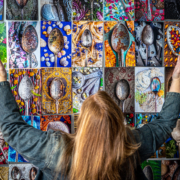 ©Donna Dufault
©Donna Dufault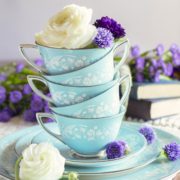 ©Donna Dufault
©Donna Dufault